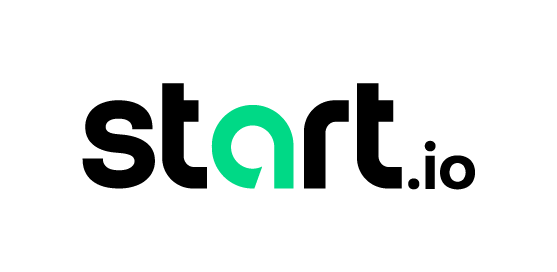The last few years saw the app giants take over the mobile app ecosystem, wielding brute strength to overwhelm the smaller publishers whose innovation and risk-taking historically drove things forward. But generative AI is leveling the playing field, giving small and midsize app developers the ability to create new apps and innovate on existing platforms dramatically faster with substantially fewer resources.
We’re about to see a tectonic shift in the pace of innovation, the number of apps and the broader balance of power in the mobile app industry.
Consolidation stagnated the mobile app industry
For the bulk of the last decade, app downloads grew steadily. But that changed significantly over the past few years.
According to Business of Apps, downloads stagnated in 2020, then actually fell in 2022. This plateau is even more pronounced against the backdrop of surging growth in the total number of mobile devices.
Much of this plateau stems from the consolidation across the mobile app ecosystem. Over the last five years, the biggest apps expanded organically and through acquisitions, building out full internal ecosystems of media/entertainment, messaging/social functionality, ecommerce, payment and more. As major apps grow horizontally, consumers simply have less need to download more specific and niche apps.
This sets in motion a sort of “doom loop” for smaller publishers: The giants leverage sizable revenue and resources to extend their competitive edge and continue growing, while small and midsize app developers see declining revenues further constrict resources, making it harder and harder to compete.
In the long run, consolidation isn’t just bad for smaller players in an industry; it’s bad for consumers. As the big guys get bigger, the competitive pressure to innovate ebbs.
Generative AI levels the playing field
The download plateau (and stagnant innovation) should worry everyone in the mobile app industry, but generative AI will change the whole ballgame.
New use cases for AI in app development emerge and evolve on a weekly basis. Developers are using AI to rapidly develop both the back-end code and the front-end creative (both visuals and text) to dramatically accelerate time-to-market for new apps. Publishers are easily expanding the reach of their apps by leveraging AI to localize games and content.
AI also makes A/B testing – traditionally cost- and time-prohibitive to almost all but the giants – practical and standard for small and midsize publishers.
Publishers can leverage AI for fast and low-cost development of different user experiences, different content and more, and they can test versions side by side in the real world, honing concepts and refining functionality.
Busting out of the traditional industry life cycle
The giants of the mobile app world will also be using AI to do more faster. But small and midsize publishers stand to make quantum leaps in their capabilities and efficiencies.
Moreover, the reality is smaller players can be more agile, both in terms of testing out new use cases for AI and in bringing new apps and functionalities to market.
By leveling the playing field and removing barriers to innovation and scale for smaller players, AI will return a vital experimental, risk-taking force to the mobile app ecosystem. It will bust the industry out of stagnation with new innovation to drive consumer interest, engagement and growth.
AI easing path to ad revenue
Creating a great new app is one thing, but smaller players also increasingly struggle to monetize traffic. AI will help level the playing field here, too.
With consumers expecting at least some content for free, mobile app developers need to tread carefully with paywalls. But ad revenue opportunities continue growing: According to Business of Apps, mobile ad spend topped $336 billion in 2022 as a continued part of a decade-long upward trend.
Capturing this full revenue potential requires embracing the new best practice of in-app header bidding, which presents its own resource challenges.
Instead of using an SDK for set-it-and-forget-it waterfall bidding, publishers now need to integrate an ad solution that can handle the real-time optimization of direct bids on every ad request. And that ad solution needs to be ready to respond to latency by falling back to using SDK for waterfall bidding, making sure you don’t miss out on any opportunity.
A bigger barrier for small and midsize publishers is standing up a website to run ads.txt. Smaller publishers are typically hesitant to allocate limited resources to build and maintain an ads.txt site. But this is no longer optional; it’s the industry standard, expected by virtually every advertiser. Brands won’t bid on a publisher’s inventory without the visibility offered by ads.txt.
Smaller publishers can use AI to generate the content to stand up an ads.txt webpage in minutes, with minimal internal staff burden. By resolving the resource squeeze here, AI is giving small and midsize publishers an easier (and faster) path to an enormous revenue stream.
Get ready for a new wave of growth
At this point, it’s hard not to be skeptical of all the hype around how AI will change the world. Yet, while the proven use cases are just starting to take shape, it’s increasingly clear that generative AI will transform the mobile app ecosystem – for the better – and do so in relatively short order.
On a micro scale, AI gives small and midsize app developers access to exponentially accelerated and expanded capabilities to build, test, monetize and scale new apps. On the macro scale, this leveling of the playing field will rejuvenate agile experimentation among smaller mobile app developers, returning a vital force for innovation and ushering in a new era of growth.
For more articles featuring Gil Dudkiewicz, click here.















